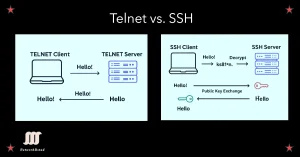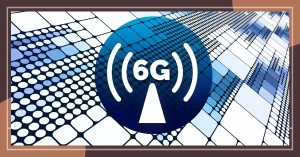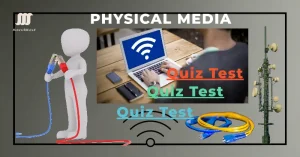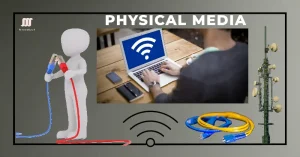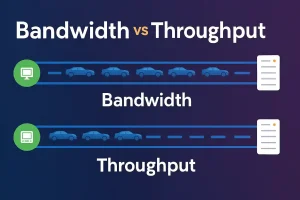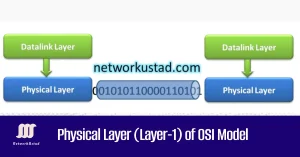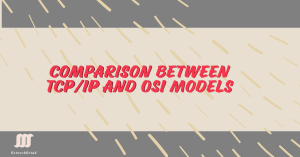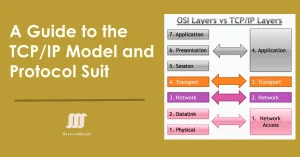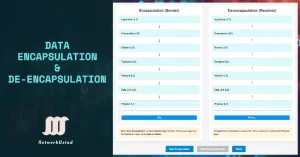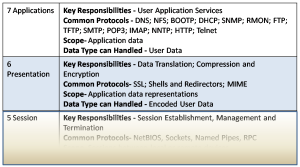Telnet vs. SSH: A Comprehensive Comparison of Remote Access Protocols 2025
This article explores Telnet vs. SSH, two protocols for remote access to devices and systems, comparing their security, functionality, and modern relevance. Whether you’re managing network devices, debugging services, or securing remote connections, understanding these protocols is essential. Use the table of contents below to navigate to specific sections. Telnet Protocol Overview Telnet is a […]

